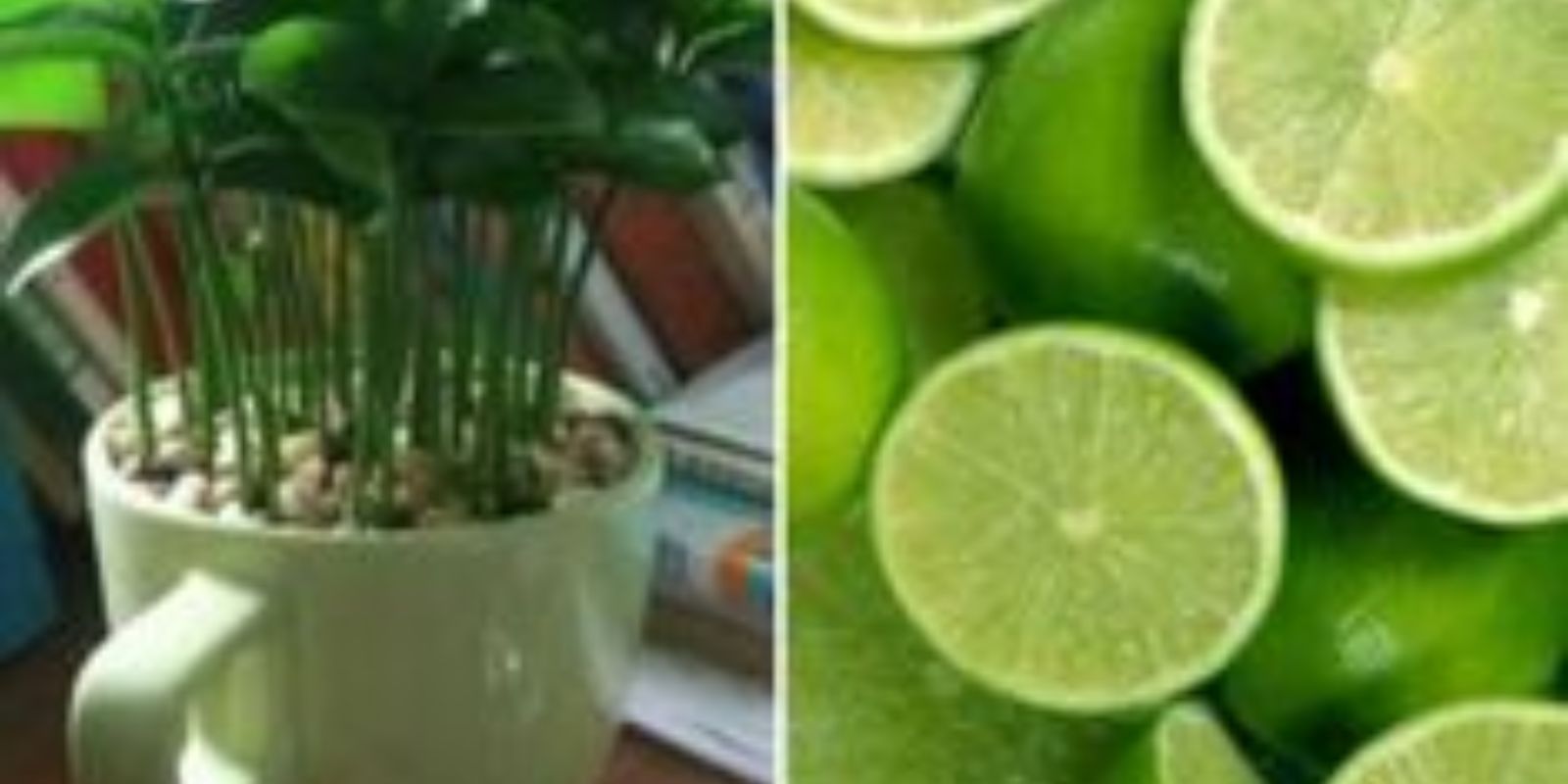Indoor gardening offers a delightful opportunity to bring the freshness and utility of herbs into the heart of your living space. Mint, with its invigorating fragrance and culinary versatility, stands out as a perfect candidate for cultivation in containers. Whether you’re a seasoned gardener or a novice enthusiast, growing mint in a cup not only adds a touch of greenery but also provides a ready source of flavor and fragrance for culinary use and natural air freshening. This comprehensive guide will walk you through the steps to successfully plant and care for mint indoors, ensuring a thriving herb garden that enhances both your decor and daily life.
Why Choose Mint for Indoor Cultivation?
Mint (Mentha spp.) is renowned for its robust growth habit, making it well-suited for container gardening. Its aromatic leaves are prized for their culinary uses, adding zest to dishes ranging from salads and teas to cocktails and desserts. Additionally, mint’s ability to thrive in controlled indoor environments makes it an ideal choice for those looking to maintain a productive herb garden year-round, regardless of outdoor conditions.
Steps to Planting Mint in a Cup
Follow these straightforward steps to establish a flourishing mint plant in a cup:
- Selecting the Container: Choose a ceramic or plastic cup that provides adequate drainage. Opt for a container with drainage holes at the bottom to prevent waterlogging, which can lead to root rot.
- Preparing the Soil: Use a well-draining potting mix enriched with organic compost. Mint thrives in fertile soil that retains moisture without becoming waterlogged.
- Planting the Mint: Place mint cuttings or small mint plants into the prepared cup, ensuring the roots are covered with soil. Gently press the soil around the roots to secure them in place.
- Watering Requirements: Water the mint thoroughly immediately after planting to settle the soil around the roots. Maintain consistent soil moisture, ensuring it remains evenly moist but not saturated. Avoid overwatering, as mint plants are susceptible to fungal diseases in excessively wet conditions.
- Lighting Needs: Position the cup in a location that receives partial sunlight or bright, indirect light. While mint can tolerate some shade, it benefits from a few hours of sunlight daily to support healthy growth and vigor.
- Maintenance Tips: Regularly trim the mint to encourage bushy growth and prevent it from becoming leggy. Harvest leaves as needed for culinary purposes or to enjoy the herb’s refreshing scent in homemade teas and potpourris.
Creative Uses for Indoor Mint
Beyond its cultivation and care, mint offers numerous creative opportunities to enhance your daily life:
- Culinary Delights: Fresh mint leaves add vibrant flavor and aroma to a variety of dishes, including salads, sauces, and beverages. Experiment with different recipes to explore the herb’s versatile culinary potential.
- Natural Air Freshener: Crushed mint leaves can be used to create a natural air freshener. Simply place them in a bowl or sachet to infuse your home with a clean, invigorating scent.
- Herbal Infusions: Brew fresh mint leaves to make refreshing herbal teas or infusions. Mint tea is known for its soothing properties and is an excellent choice for relaxation and digestion.
- Health and Wellness: Mint is valued for its medicinal properties, including digestive aid and stress relief. Incorporate mint leaves into homemade skincare products or aromatherapy treatments for added benefits.
Benefits of Indoor Mint Gardening
Growing mint in a cup offers numerous advantages for indoor gardeners:
- Accessibility: Having fresh mint readily available encourages culinary creativity and promotes healthy eating habits. Whether used as a garnish or a main ingredient, homegrown mint adds a burst of flavor to everyday meals.
- Aesthetic Appeal: A potted mint plant serves as a decorative accent, bringing natural beauty and greenery into any room. Its lush foliage enhances the ambiance and visual appeal of indoor spaces.
- Educational Experience: Indoor gardening provides a hands-on learning opportunity for individuals of all ages. From understanding plant growth cycles to practicing sustainable gardening practices, cultivating mint fosters a deeper appreciation for nature and horticulture.
Tips for Success
To ensure your indoor mint garden thrives:
- Regular Harvesting: Harvest mint leaves frequently to encourage continuous growth and prevent the plant from flowering. Prune stems to promote bushy growth and maintain a compact shape.
- Pest Prevention: Monitor your mint plant for common pests such as aphids or spider mites. Address any pest issues promptly using organic methods, such as insecticidal soap or neem oil.
- Environmental Conditions: Maintain optimal growing conditions by providing adequate air circulation and moderate humidity levels. Avoid placing mint plants near drafts or heat sources, as extreme temperatures can stress the plant.
Conclusion: Embrace the Joy of Indoor Gardening with Mint
Planting mint in a cup offers a rewarding opportunity to cultivate fresh herbs and enhance your indoor environment with natural beauty and fragrance. Whether displayed on a kitchen windowsill or as a centerpiece on a dining table, a potted mint plant adds a touch of greenery and functionality to any space. Follow the steps outlined in this guide, experiment with different uses for your homegrown mint, and share your gardening experiences with our community. Let’s cultivate vibrant indoor gardens and savor the benefits of fresh, aromatic mint together! 🌿✨

